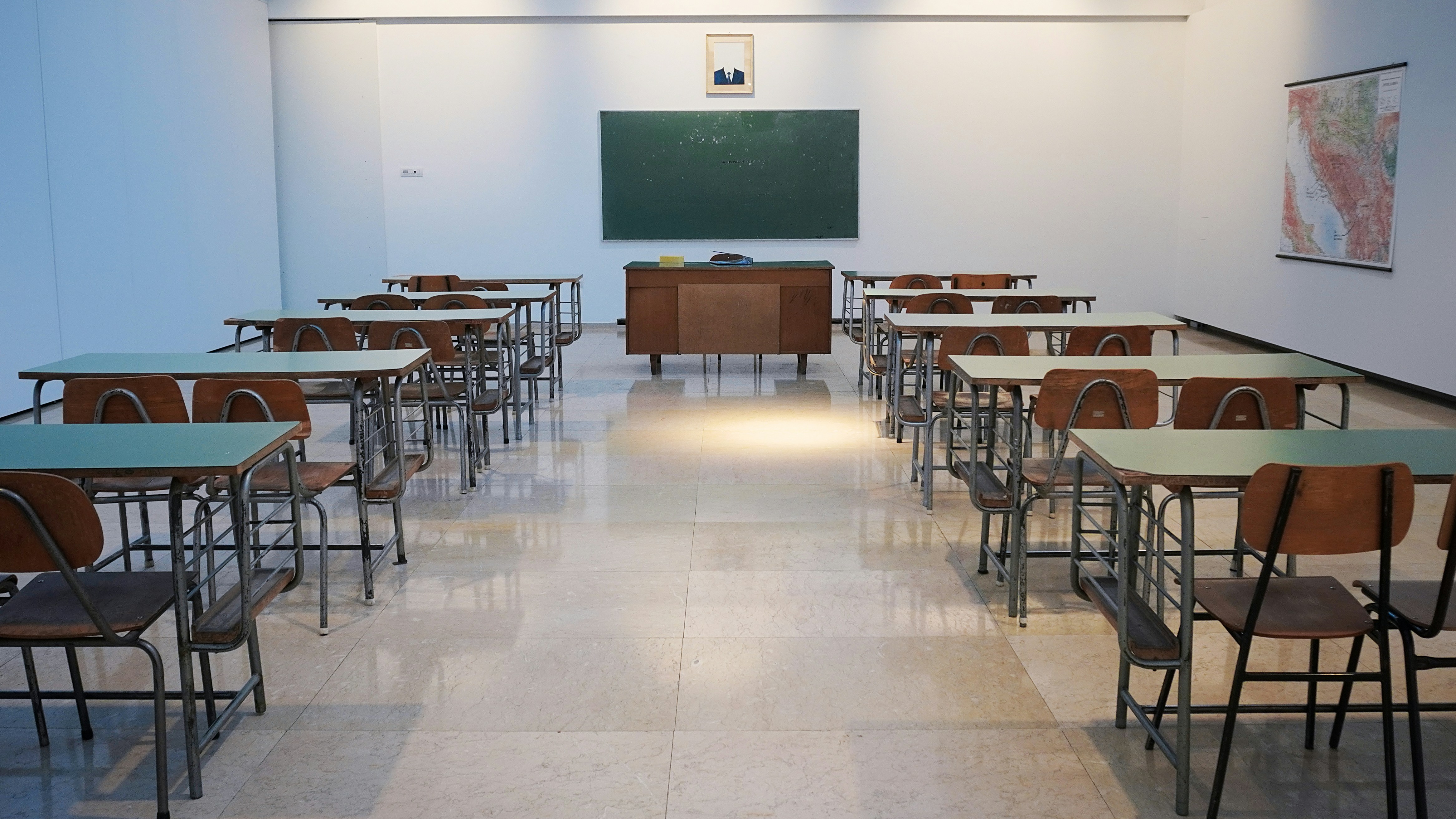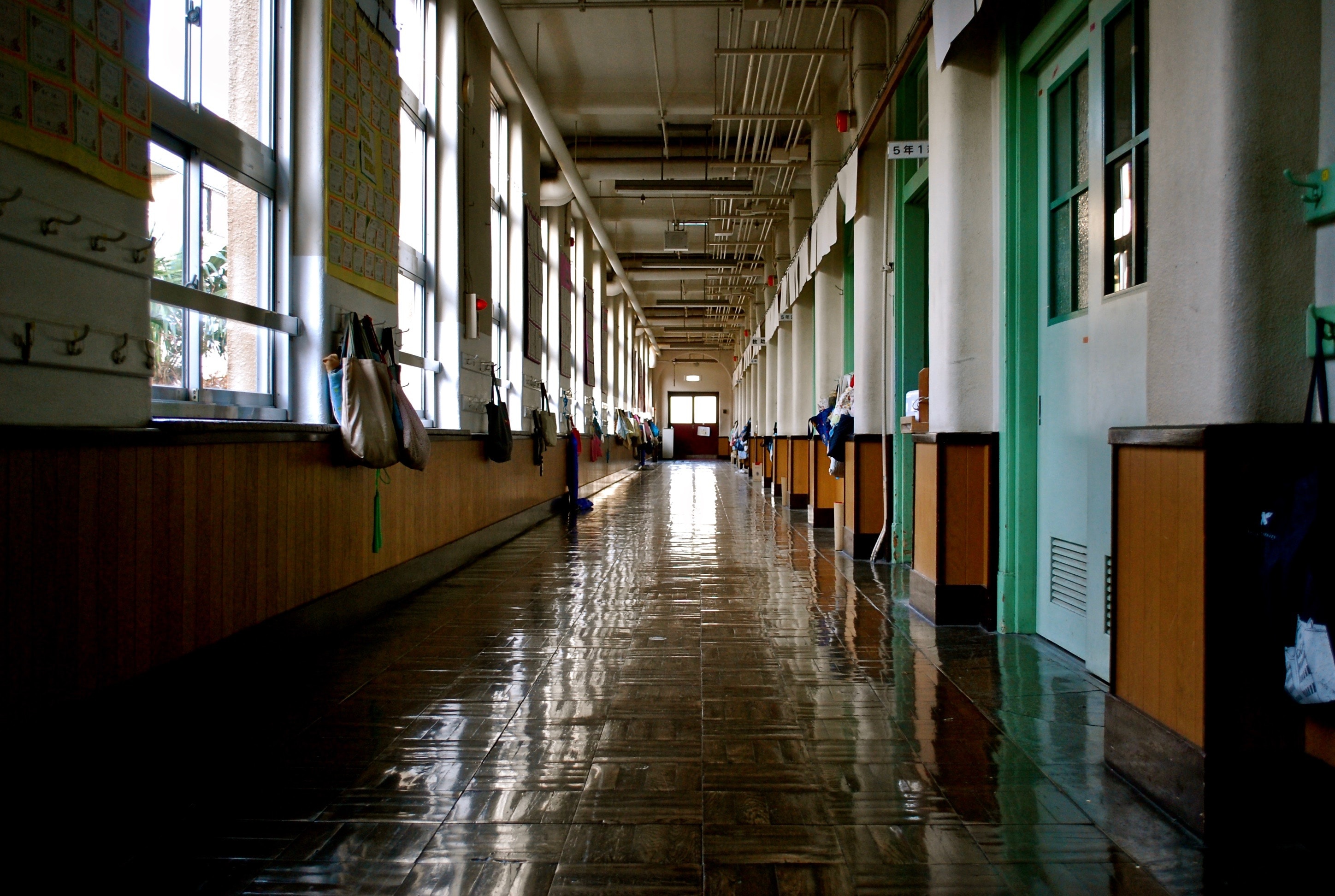Alternative Solutions for the Castilleja School Expansion Project
The Castilleja School Expansion Project is a monumental effort within our community, with far-reaching implications for one of its most esteemed institutions. As we confront the challenges associated with accommodating the school's expanding student population and evolving educational requirements, it becomes crucial to explore alternative solutions.
When considering various avenues for assistance with essay writing or academic tasks, it's essential to refer to the GradeMiners review, a valuable resource encompassing reviews of numerous services that can aid students in identifying their ideal match. This allows students to make informed choices when seeking additional support for their academic endeavors.

Background
The Castilleja School, renowned for its dedication to academic excellence and empowering young women, finds itself at a juncture where expansion is not merely an aspiration but an imperative. The need for this expansion is rooted in the school's unwavering commitment to providing the best educational experience for its students. The expansion seeks to augment existing facilities, create enhanced learning environments, and perpetuate the school's legacy of excellence.
Analysis of the Proposed Solution
The crux of the matter lies in the school administration's current expansion plan. This plan involves the construction of new facilities and an enlargement of the school's physical footprint. While this plan promises modern amenities, the prospect of accommodating the growing student population and maintaining the school's distinguished reputation, it also confronts opposition from residents, who voice concerns about its potential adverse effects on the neighborhood.
The advantages of the proposed solution include the provision of contemporary, state-of-the-art facilities, the seamless accommodation of a growing student body, and the unwavering commitment to the school's prestigious standards. Nevertheless, it does not escape the shadow of potential drawbacks, including the disruption to the local community, increased traffic congestion, and environmental implications that demand attention.

Alternative Solutions
An alternative solution is comprehensive renovation and optimization of the existing school buildings. This approach aims to maximize the utilization of the current space while circumventing the necessity of extensive construction. Renovation can elevate the learning environment and minimize disruption to the community. However, it may not fully address the institution's long-term growth needs.
Temporary relocation of the school to a nearby facility during the construction phase emerges as another viable alternative. While this course of action may pose logistical challenges, it offers the prospect of a thorough overhaul of the school's facilities without imposing a continuous burden on the neighborhood.
A third alternative is forging collaborative partnerships with neighboring educational institutions. This option can effectively alleviate space constraints by sharing resources, facilities, or even campuses while fostering an environment of cooperation among educational organizations. However, it necessitates meticulous planning and coordination.
Community Impact
The pivotal factor in the decision-making process involves assessing the impact of each alternative solution on the local community. The proposed expansion plan has triggered concerns among residents who fear increased traffic congestion, heightened noise levels, and potential transformations to the neighborhood's character. Temporary relocation could mitigate some of these concerns, but it also comes with the potential for inconvenience to students and staff.
In contrast, renovating existing facilities and partnering with neighboring institutions are seen as alternatives with a more favorable impact on the community. They are less likely to disrupt the neighborhood significantly. In this context, community feedback and concerns must be pivotal guiding forces informing the final decision.
Financial Considerations
Delving into the financial aspects of each alternative, we must conduct a thorough evaluation. The proposed expansion plan entails substantial costs, encompassing construction expenses and potential legal fees stemming from opposition. Renovating existing facilities might be more cost-effective but require significant investment. Temporary relocation and partnering with other institutions should be rigorously examined financially, including considerations such as rent or collaboration expenses.
Viewing these financial considerations through a lens of long-term sustainability is paramount. The selected solution should harmonize with the school's budgetary constraints and fundraising capabilities, ensuring a sustained commitment to excellence.
Stakeholder Involvement
Inclusive stakeholder involvement lies at the heart of responsible decision-making. The proposed solution may have differential impacts on various groups, including the school administration, students, parents, and residents. Students and parents may be concerned about potential disruptions to the learning environment and the quality of facilities. At the same time, residents may focus on the impact on property values and the harmony of the community.
Effective communication and genuine engagement with stakeholders are essential components of this process. Cultivating a culture where all voices are heard and valued is imperative, as they collectively contribute to shaping the best course of action.
Recommendations
Engage in open dialogue. Fostering a culture of open dialogue among all stakeholders is the cornerstone of sound decision-making. Their concerns should be addressed, and their insights should be integrated into the decision-making process.
Consider temporary relocation. The possibility of temporary relocation during the construction phase should be explored further. This approach minimizes community disruption while allowing comprehensive expansion.
Evaluate renovation. The renovation of existing facilities should be examined in detail. It may offer a cost-effective, community-friendly alternative that meets the institution's needs.
Explore collaboration. Investigating partnerships with neighboring institutions deserves serious consideration. Sharing resources and space can effectively address the expansion needs while promoting cooperation.
Conclusion
The Castilleja School expansion project represents a multifaceted challenge that demands thoughtful consideration of diverse factors. By exploring alternative solutions, we can ensure a more informed decision that benefits the school, its students, and the community. Transparent communication, financial prudence, and community well-being should be paramount throughout this process.
We extend an earnest call to stakeholders to actively engage in decision-making. Furthermore, consider reliable, professional services when seeking assistance with research and writing tasks related to this topic. Such services can provide invaluable support in developing well-informed and persuasive arguments for your cause.
Together, let us chart a course that ensures a bright future for Castilleja School while upholding the harmony of our community and the pursuit of educational excellence.